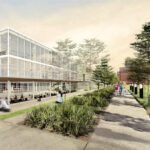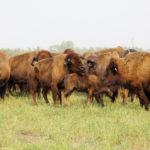The Manitoba Crop Alliance (MCA) has committed $100,000 to the Collaboration Zone within Assiniboine Community College’s Prairie Innovation Centre for Sustainable Agriculture. The Collaboration Zone is touted as a spot where education and industry will meet. MCA represents five key commodities in the province: spring and winter wheat, sunflowers, corn, barley and flax. “The birth










